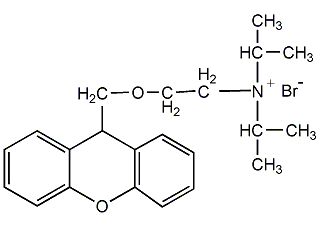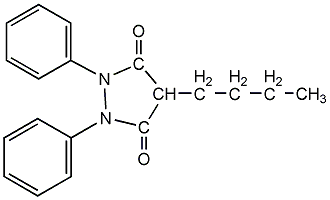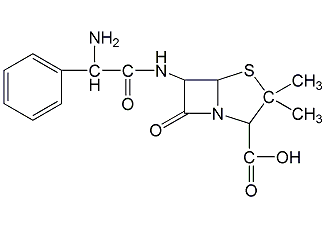
Structural formula
| Business number | 013K |
|---|---|
| Molecular formula | C23H30NO3Br |
| Molecular weight | 448.4 |
| label |
propantheline bromide, Prubenzin, Propanthyl bromide, (2-Hydroxyethyl)diisopropylmethylammonium bromide xanthene-9-carboxylate |
Numbering system
CAS number:50-34-0
MDL number:MFCD00050291
EINECS number:200-030-6
RTECS number:BP8249200
BRN number:None
PubChem number:24278660
Physical property data
1. Character:White or off-white crystalline powder. Odorless and extremely bitter.
2. Density (g/mL ,25/4?): Undetermined
3. Relative vapor density (g/mL,air=1): Undetermined
4. Melting point (ºC):159-161°C
5. Boiling point (ºC,Normal pressure): Undetermined
6. Boiling point (ºC, 5.2 kPa): Undetermined
7. Refractive index:Undetermined
8. Flash point (ºC): Undetermined
9. Specific optical rotation (º ): Undetermined
10. Autoignition point or ignition temperature (ºC): Undetermined
11. Vapor pressure (kPa, 25 ºC): Undetermined
12. Saturated vapor pressure (kPa,60 ºC): Undetermined
13. Heat of combustion (KJ/ mol): Undetermined
14. Critical temperature (ºC): Undetermined
15. Critical pressure (KPa): Undetermined
16. Oil and water (octanol/ Log value of partition coefficient for water: undetermined
17. Explosion limit (%,V/V): Undetermined
18. Lower explosion limit (%, V/V): Undetermined
19. Solubility:Easily soluble in water(>=10 g/100 mL at 21 ºC), ethanol or chloroform, insoluble In ether.
Toxicological data
None
Ecological data
None
Molecular structure data
None
Compute chemical data
1. Reference value for hydrophobic parameter calculation (XlogP): None
2. Number of hydrogen bond donors: 0
3. Number of hydrogen bond acceptors: 4
4. Number of rotatable chemical bonds: 7
5. Number of tautomers: none
6. Topological molecule polar surface area 35.5
7. Number of heavy atoms: 28
8. Surface charge: 0
9. Complexity: 474
10. Number of isotope atoms: 0
11. Determine the number of atomic stereocenters: 0
12. Uncertain number of atomic stereocenters: 0
13. Determine the number of chemical bond stereocenters: 0
14. Number of uncertain chemical bond stereocenters: 0
15. Number of covalent bond units: 2
Properties and stability
None
Storage method
This product is sealed and stored in a dry place away from light.
Synthesis method
Xanton-9-Carboxylic acid and diisopropylaminoethanol ester in xylene??, on137-140?Dehydration reaction10h. After the reaction is completed, add activated carbon for decolorization and cool to 0?, pressure filtration, and the filtrate is decompressed to recover xylene and excess Diisopropylaminoethanol, xanthene-9- Carboxylic acid-?-Diisopropylaminoethyl ester. Then react with methyl bromide to form a quaternary ammonium salt to prepare propantheline bromide.
Purpose
anticholinergic and antispasmodic, Has similar effects to atropine. It is suitable for gastric and duodenal ulcers, gastritis, pancreatitis, intestinal spasm, hyperhidrosis and pregnancy vomiting.
extended-reading:https://www.newtopchem.com/archives/179extended-reading:https://www.bdmaee.net/tmbpa/extended-reading:https://www.bdmaee.net/coordinated-thiol-methyltin/extended-reading:https://www.newtopchem.com/archives/40292extended-reading:https://www.bdmaee.net/niax-a-400-tertiary-amine-complex-catalyst-momentive/extended-reading:https://www.bdmaee.net/wp-content/uploads/2022/08/115-6.jpgextended-reading:https://www.newtopchem.com/archives/694extended-reading:https://www.cyclohexylamine.net/polyurethane-trimer-catalyst-pt304-dabco-rigid-foam-trimer-catalyst/extended-reading:https://www.cyclohexylamine.net/amine-catalyst-dabco-8154-catalyst-dabco-8154/extended-reading:https://www.newtopchem.com/archives/39385



